SOURCE: RAUNAK KUNDE / NEWS BEAT / IDRW.ORG
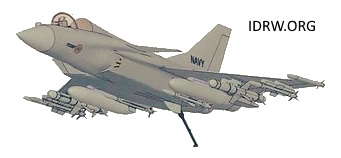
At Aero India 2023, the Aeronautical Development Agency (ADA) showcased a poster of the Twin Engine Deck Based Fighter (TEDBF) featuring a significant design change: a blunt, rounded nose cone replacing the previously planned angled, stealth-optimized frontal radome.
The new design retains the leading-edge extensions (LEX), canards, and diverterless supersonic inlets (DSI) seen in the earlier iteration. Sources familiar with the matter have confirmed idrw.org that this new configuration is likely the final design that will enter production once the program receives Cabinet Committee on Security (CCS) clearance.
Continue readingSOURCE: RAUNAK KUNDE / NEWS BEAT / IDRW.ORG
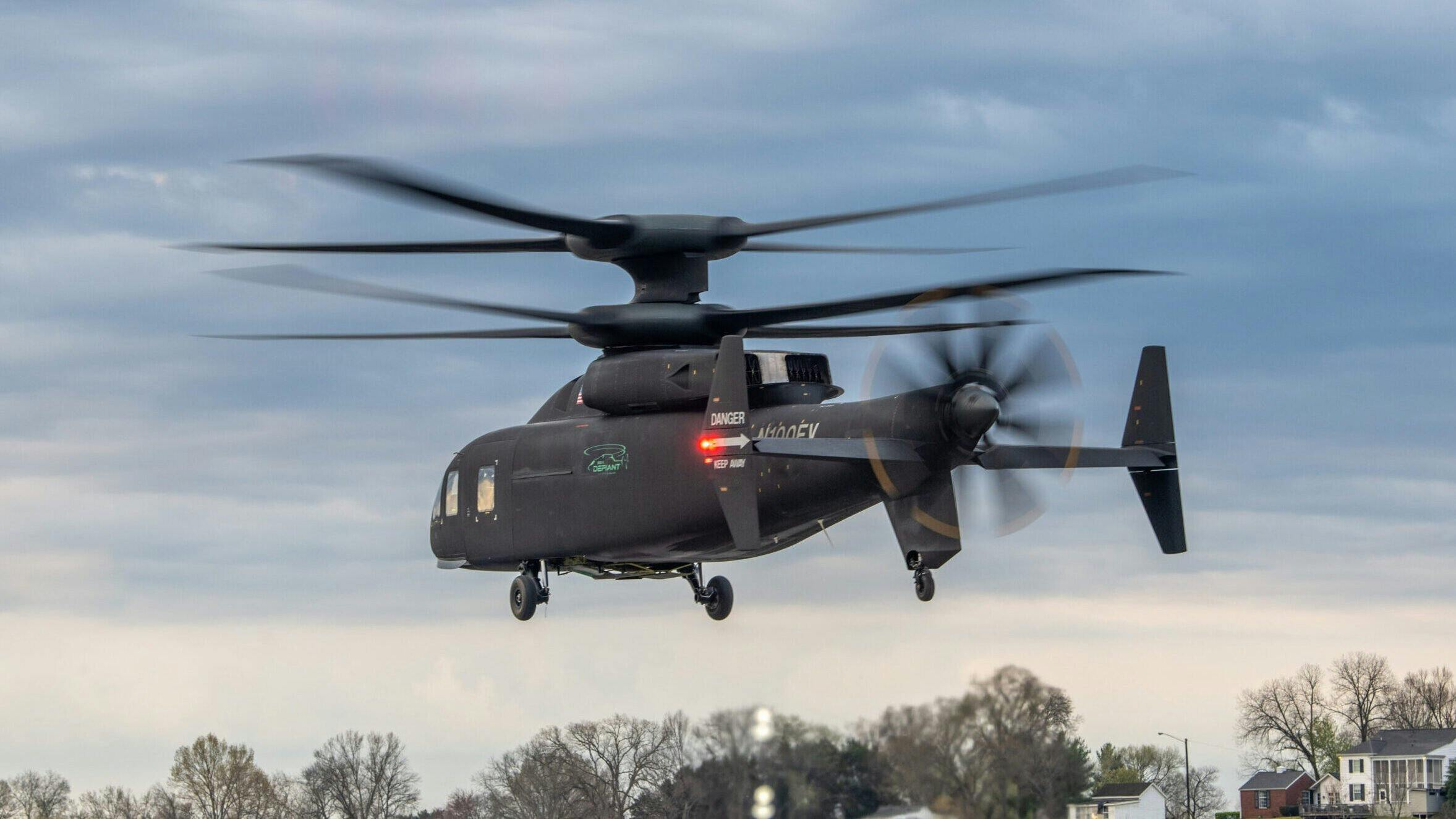
The US Army had expressed interest in having the Indian Armed Forces participate in its Future Long-Range Assault Aircraft (FLRAA) program, which aims to replace the Army’s ageing fleet of UH-60 Black Hawk utility helicopters and AH-64 Apache assault helicopters. According to sources familiar with the matter, senior Indian military officials were briefed about the program a few years ago, but no further discussions have taken place.
The FLRAA program is a critical component of the US Army’s modernization efforts. The new helicopters will be required to provide increased range, speed, and survivability over the current Black Hawk and Apache helicopters. The US Army has already selected the Bell V-280 Valor tilt-rotor aircraft as the winner of the FLRAA competition.
Continue readingSOURCE: RAUNAK KUNDE / NEWS BEAT / IDRW.ORG
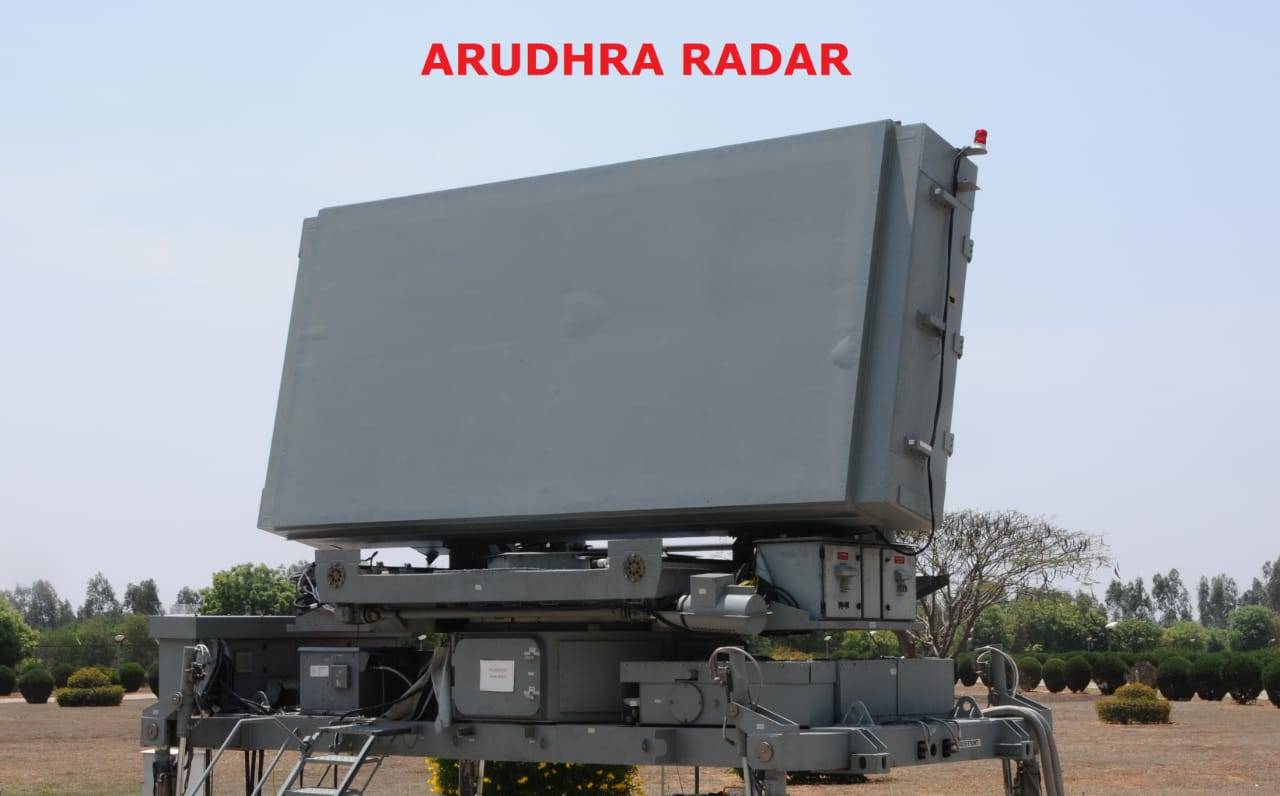
The Indian Air Force (IAF) has released expressions of interest (EOIs) for the indigenous development of several key components for its Multi-function Phased Array Radar (MPR) system. This system plays a crucial role in air surveillance and target tracking, enhancing the IAF’s air defence capabilities.
The five components for which the IAF seeks indigenous development are:
Continue readingSOURCE: IDRW.ORG TEAM

Hindustan Aeronautics Limited (HAL) has recently revamped its website, and eagle-eyed aviation enthusiasts have spotted a significant update: a new render of the Combat Air Teaming System (CATS) Warrior UCAV. This updated image reveals a sleeker, more lethal Warrior, sporting several key changes that hint at the evolving capabilities of this ambitious Indian drone project.
Gone are the single air intakes of the previous CATS Warrior design, that now sports a split intake design. The new render boasts of twin PTAE-7 turbojet engines, a substantial upgrade that HAL Claims will come with increased thrust, speed, and overall operational range.
Continue readingSOURCE: IDRW.ORG TEAM

EON Space Labs, a rising star in the Indian startup ecosystem, has recently unveiled its latest innovation – the EON IR NAGA, a powerful Long-Wave Infrared (LWIR) thermal camera. This compact and lightweight camera boasts impressive features and specifications, making it ideal for a wide range of applications.
The EON IR NAGA is a powerful and versatile LWIR thermal camera that represents a significant leap forward in Indian-made thermal imaging technology. Its combination of high performance, compact design, and affordability makes it an attractive option for various users, from professionals to hobbyists. With its impressive features and potential applications, the EON IR NAGA is poised to make a major impact on the thermal imaging market.
Continue readingSOURCE: RAUNAK KUNDE / NEWS BEAT / IDRW.ORG
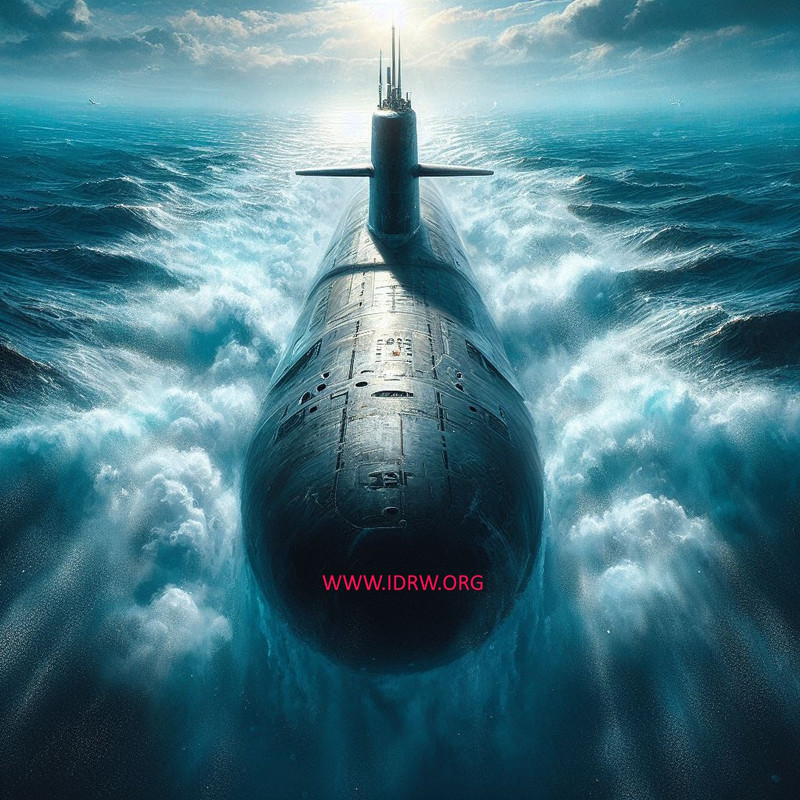
The Spanish Navy’s recent commissioning of its first S-80 Plus-class submarine has drawn interest from the Indian Navy as it seeks to acquire six next-generation submarines under Project 75(I).
The Indian Navy’s Project-75(I) seeks to acquire six AIP-equipped conventional submarines to enhance its underwater capabilities. In July 2021, a Request for Proposal (RFP) was issued, inviting bids from international shipyards. Both Navantia and TKMS submitted their bids before the August 2023 deadline.
Continue readingSOURCE: RAUNAK KUNDE / NEWS BEAT / IDRW.ORG
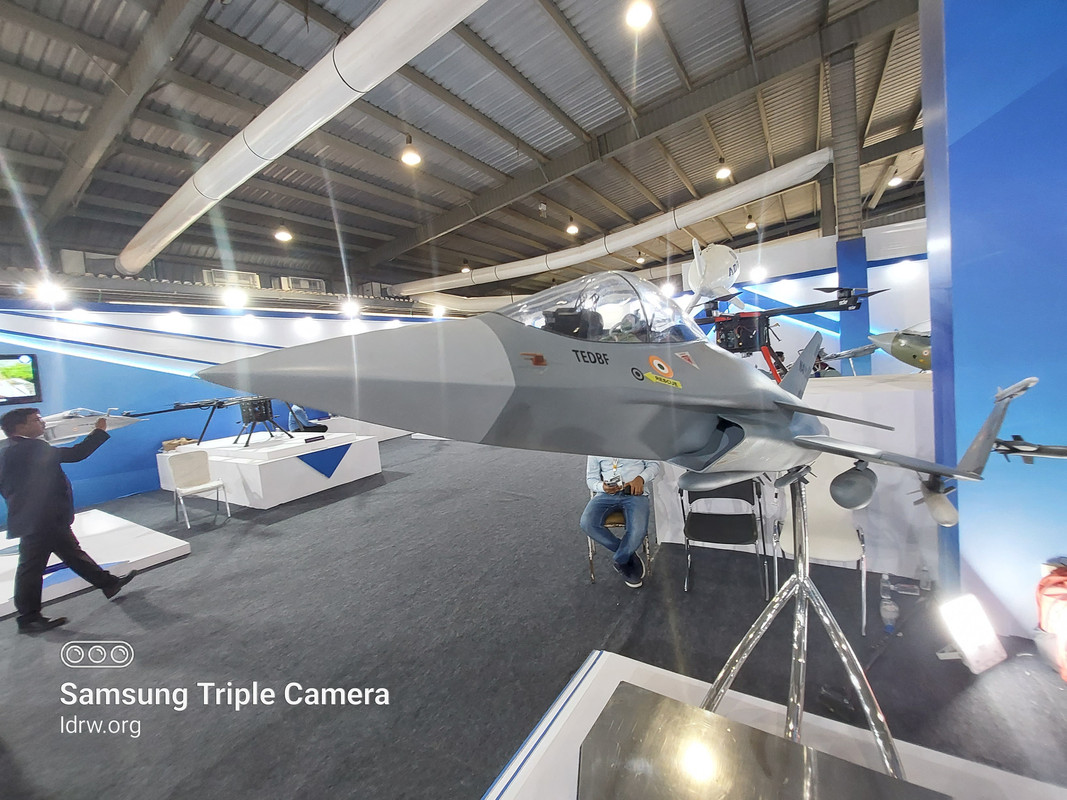
India’s Twin Engine Deck Based Fighter (TEDBF) program, a key initiative in bolstering naval air power, recently grabbed attention at the Dubai Air Show. In an interview with Indian media, Deputy Project Director Ravinder Kumar Jyoti shed light on the program’s progress and plans.
While the impressive model showcased in Dubai generated significant interest, Jyoti emphasized that the program remains in the preliminary design review (PDR) stage. This crucial phase involves meticulous analysis of the design to ensure it meets all technical and operational requirements before proceeding to detailed design and development.
Continue readingSOURCE: RAUNAK KUNDE / NEWS BEAT / IDRW.ORG

The United States has proposed the Stryker armoured fighting vehicle (AFV) to India, aiming to bolster its deterrence capabilities against China. While initial discussions involved co-development, India expressed concerns about Stryker’s current engine, deemed inadequate for operating in high-altitude regions.
The existing Stryker uses a Caterpillar C7 350 hp engine, which sources suggest idrw.org might struggle in high-altitude areas where engines can lose 30-40% power due to thin air. The air defence system version offered to India would require the APC to carry significant weight, further stressing the engine.
Continue readingSOURCE: IDRW.ORG TEAM
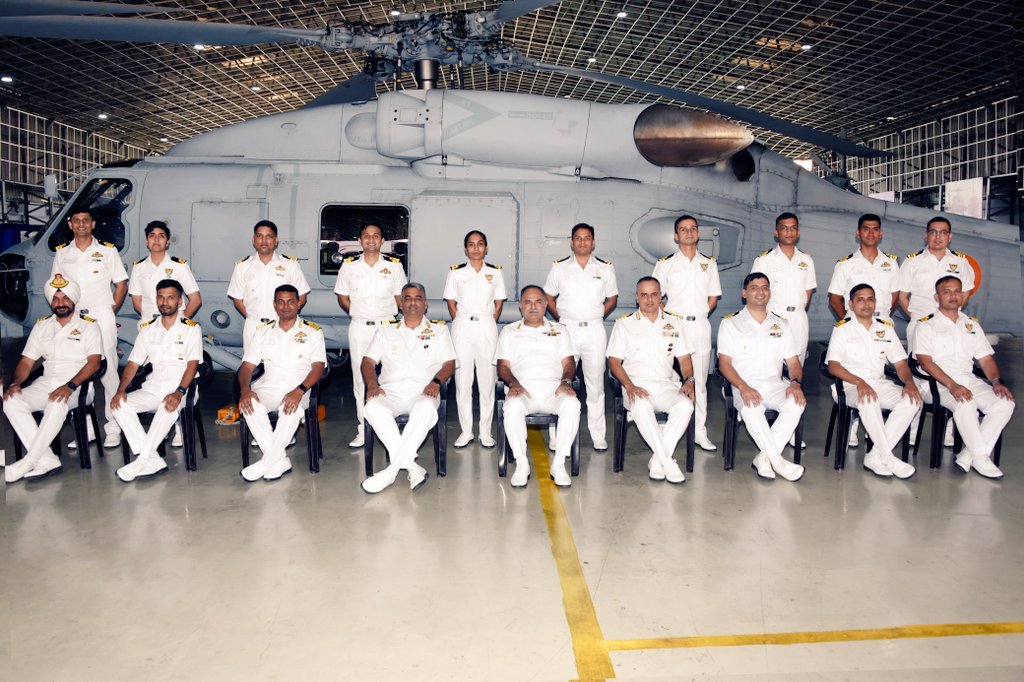
In a significant milestone for self-reliance in maritime defense, the Indian Navy has successfully completed the maiden in-country pilot training for the multi-role MH-60R Seahawk helicopters. The graduation ceremony at INS Garuda, Kochi, marked a proud moment for the trainees and a stepping stone towards achieving “AtmaNirbharta” (self-reliance) in this advanced platform.
Rear Admiral Anshuman Chauhan, Assistant Chief of the Naval Staff (Air Materiel), presented graduation parchments to the successful trainees, commending their dedication and skill. The ceremony also lauded the completion of conversion training for Air Operations officers, including two pioneering women officers, and competency training for technical personnel.
Continue readingSOURCE: IDRW.ORG TEAM

Hindustan Shipyard Limited (HSL) is poised to embark on a monumental project: the construction of one of the Indian Navy’s largest indigenously designed and built ships, the 43,000-ton Fleet Support Ships (FSS). This marks a significant milestone in India’s quest for self-reliance in the maritime domain, aligning perfectly with the government’s vision of Aatmanirbhar Bharat (self-sufficient India).
The journey towards this achievement began with extensive hydrodynamic studies conducted in a specialized towing tank. These tests successfully validated the ship’s design, confirming its ability to achieve a crucial speed of 20 knots. This critical milestone paves the way for HSL to translate the blueprint into reality, marking a major leap forward in India’s shipbuilding capabilities.
Continue readingSOURCE: RAUNAK KUNDE / NEWS BEAT / IDRW.ORG
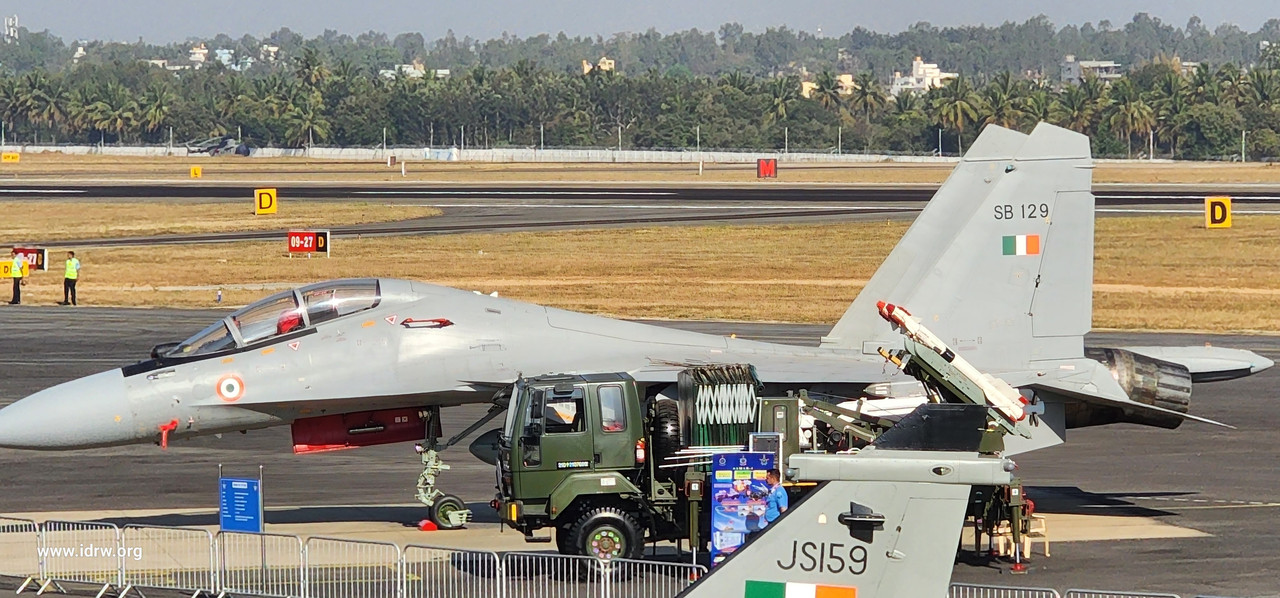
The Indian Air Force (IAF) is taking a significant leap towards bolstering its aerial electronic warfare (EW) capabilities with the planned integration of a cutting-edge indigenous suite onto its Su-30MKI fighter jets.
The Centre for Airborne Systems and Displays (CASDIC) has been spearheading the development of this advanced EW suite. The proposed system consists of an internal Radar Warning Receiver (RWR) and a podded jammer system housed in left-hand (LH) and right-hand (RH) ASPJ pods mounted on stations 11 and 12 of the Su-30MKI. This internal-external combination aims to provide comprehensive situational awareness and jamming capabilities against enemy radars, enhancing the survivability and mission effectiveness of the aircraft.
Continue readingSOURCE: RAUNAK KUNDE / NEWS BEAT / IDRW.ORG

The Tejas MkII, India’s next-generation fighter jet program, is facing a revised timeline and a renewed focus on indigenous content. Recent developments indicate a pushback in the first aircraft rollout, which was previously scheduled for December 2023. With funding delays and a focus on greater self-reliance, the program is now aiming for a first rollout in late 2026 or early 2027.
The initial disbursement of funds for the Tejas MkII was later than expected, impacting the program’s overall schedule. This, coupled with HAL and DRDO’s commitment to higher indigenization, has necessitated a revised timeline. The first flight, originally slated for December 2024, is now likely to occur sometime in 2028. Production is expected to begin only in early 2030, marking a significant delay from the initial projections.
Continue readingSOURCE: RAUNAK KUNDE / NEWS BEAT / IDRW.ORG
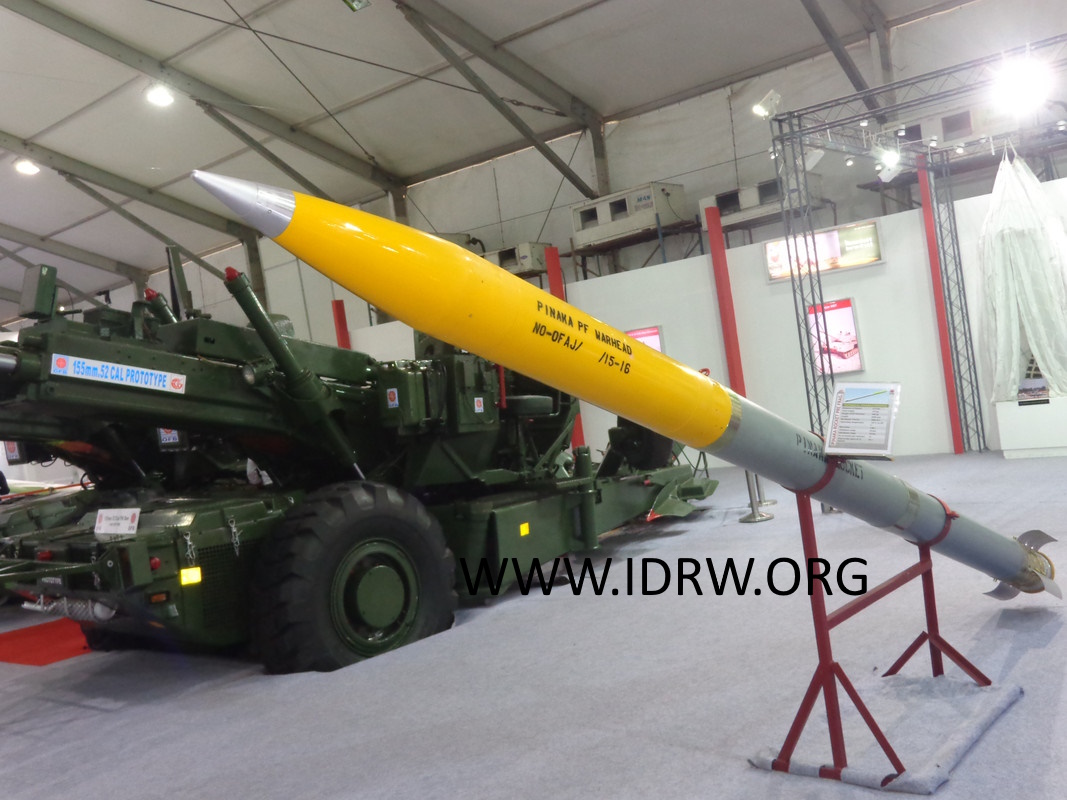
The Defence Research and Development Organisation’s (DRDO) Armament Research and Development Establishment (ARDE) has issued a tender for hardware integration and maintenance services. This project will be conducted under the supervision of Group officers and carried out within ARDE premises over 15 months.
The hardware integration and maintenance work is required to support the ongoing program for a large-calibre rocket system known as the ‘300mm LRGR’, likely referring to a Long Range Guided Rocket. The specific details of the project remain classified, but the tender provides some insights into the scope of the work:
Continue readingSOURCE: IDRW.ORG TEAM
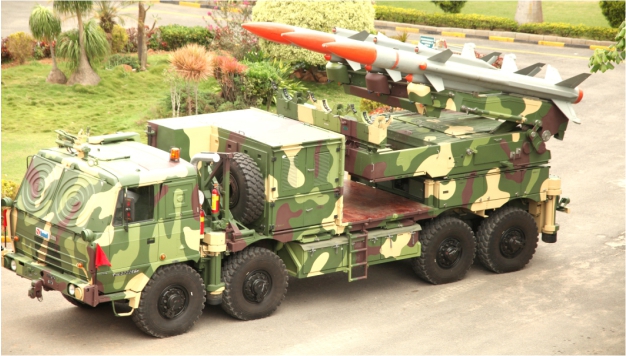
Last year India’s homegrown Akash Air Defence System was featured in the Export list for the first time while indented Customers remained a mystery until now. BDL and DRDO Still Remain tightlipped about the customer and the Order Value along with the Variant that has secured orders for the Akash Air Defence System, but people familiar with the program have now confirmed that it was Armenia that placed the order for the Akash Air Defence System. The Armenian military has opted for the Army variant of the Akash system, which features an integrated truck-based configuration instead of the trailer-based variant used by the Indian Air Force.
For some time name of Sudan as a potential buyer of the Akash Air Defence System was going around but that was not substantiated officially.
Continue readingSOURCE: IDRW.ORG TEAM

The Indian Navy is setting its sights on the future of maritime navigation, launching the IDEX Challenge to enlist the expertise of private companies in developing cutting-edge Artificial Intelligence (AI) solutions for smart ship operations. This ambitious initiative aims to revolutionize seafaring by leveraging the power of AI to enhance safety and efficiency.
Navigating the vast ocean is an inherently risky endeavor. Collision avoidance remains a constant challenge, requiring vigilant watchkeeping and skilled manpower on the bridge and in the operational room. Even the slightest lapse in attention can have catastrophic consequences. The current system relies heavily on human expertise, which, while invaluable, is susceptible to fatigue, error, and unforeseen circumstances.
Continue reading